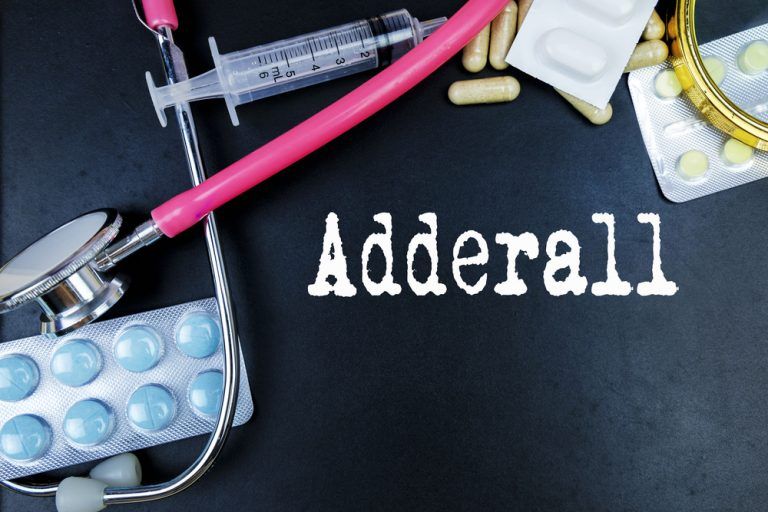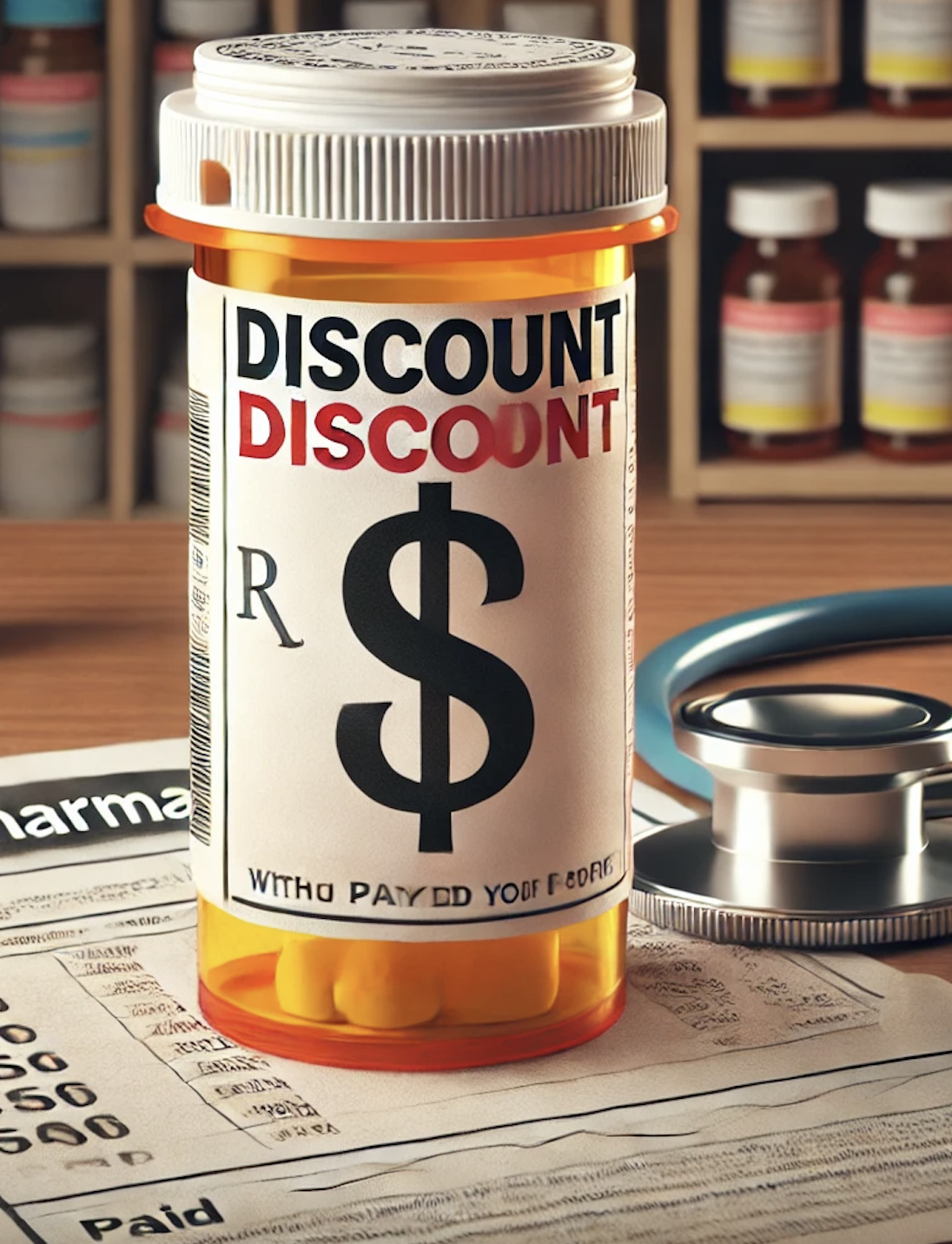Menopause Matters: A Comprehensive Guide to Treatment and Relief
By: Dr. Caitlin Colvard | MD
Menopause is a normal physiological milestone marking the end of a woman's reproductive years. While it is universal, the experience of menopause is deeply personal and highly variable. Some people transition through it with few disruptions, while others struggle with debilitating symptoms that interfere with daily life, work, relationships, and emotional well-being.
At SaveHealth, a place to find discounts on prescriptions, we believe menopause care deserves more visibility, research, and compassionate support. Our mission is to empower individuals with accurate, accessible information and practical tools to navigate this transformative life stage.
What Is Menopause? Understanding the Biological Shift
Menopause refers to the permanent cessation of menstruation due to the decline in ovarian function. It is diagnosed retrospectively after 12 consecutive months without a period, not due to other medical causes. The average age of menopause is 51, though it can occur naturally between ages 45 and 55. Perimenopause the transitional years leading up to menopause, can begin several years earlier and is often when symptoms first appear.
Biologically, menopause occurs as levels of estrogen and progesterone drop. These hormones influence many systems in the body beyond reproduction. Their decline can trigger vasomotor symptoms such as hot flushes and night sweats, as well as mood changes, brain fog, decreased libido, vaginal dryness, and sleep disturbances.
Estrogen also plays a vital role in maintaining bone density, cardiovascular health, skin elasticity, and cognitive function. Thus, menopause is not merely a hormonal shift but a whole-body experience that can have lasting health implications.
The Spectrum of Symptoms
No two people experience menopause in the same way. Some encounter minimal disruption, while others face intense and chronic symptoms. The most commonly reported include:
Vasomotor symptoms: Hot flushes and night sweats affect approximately 75% of women during the transition. These can last for years and significantly impact sleep and quality of life.
Sleep disturbances: Difficulty falling asleep or staying asleep is often tied to hormonal changes, temperature dysregulation, and mood disorders.
Mood changes: Irritability, anxiety, depression, and loss of motivation are commonly reported. Hormonal shifts interact with psychosocial stressors and previous mental health history.
Cognitive symptoms: Many women report problems with memory, concentration, and word-finding, often referred to as “brain fog.”
Genitourinary symptoms: Vaginal dryness, itching, discomfort during intercourse, and urinary frequency or urgency are linked to low estrogen in urogenital tissues.
Changes in libido and sexual function: Reduced interest in sex may stem from both hormonal and psychological causes.
Other symptoms include joint pain, palpitations, headaches, dry skin, and increased facial hair. Many of these symptoms overlap with aging and chronic stress, making diagnosis and management complex.
First-Line Care: Lifestyle as Medicine
Lifestyle modifications are foundational to menopause management and serve as first-line therapy, particularly for mild to moderate symptoms.
Nutrition plays a pivotal role. A diet rich in calcium, vitamin D, fiber, and plant-based proteins supports bone health, cardiovascular function, and weight stability. Phytoestrogens—plant compounds with estrogen-like effects found in soy, flaxseed, and legumes—may offer symptom relief for some individuals.
Physical activity improves cardiovascular health, muscle tone, and mood. Regular weight-bearing exercise helps slow bone loss and maintain mobility. While exercise alone doesn’t eliminate hot flushes, it enhances overall well-being and sleep.
Stress management is essential. Mindfulness, meditation, and yoga can reduce cortisol levels, support mental clarity, and build emotional resilience. These practices are also beneficial for managing insomnia and anxiety.
Sleep hygiene practices such as limiting screen time before bed, maintaining a consistent sleep schedule, and keeping bedrooms cool can significantly improve rest quality, particularly when night sweats are present.
Menopausal Hormone Therapy (MHT): An Effective Standard
Menopausal hormone therapy remains the most effective treatment for vasomotor symptoms and urogenital atrophy. It works by replacing declining estrogen levels, sometimes in combination with progestogen to protect the uterine lining in women with an intact uterus.
MHT has multiple formulations and delivery options, including oral tablets, transdermal patches, vaginal creams, gels, and rings. Transdermal forms, in particular, have a lower risk profile for blood clots and stroke compared to oral estrogens.
Key benefits of MHT include:
Significant reduction in hot flushes and night sweats
Improved sleep quality
Enhanced mood and cognitive performance
Prevention of bone loss and reduced fracture risk
Relief from vaginal dryness and sexual discomfort
For healthy individuals under 60 or within ten years of menopause onset, the benefits of MHT often outweigh the risks. However, use must be individualized. A full medical history including personal and family history of breast cancer, cardiovascular disease, stroke, and thromboembolism—is necessary before initiating therapy.
Concerns about MHT safety largely stem from early 2000s interpretations of the Women’s Health Initiative study, which have since been re-analyzed. Modern evidence supports the safety of low-dose, short-term MHT when carefully monitored.
Non-Hormonal Prescription Therapies
Not all individuals can or wish to take hormones. Fortunately, several non-hormonal medications have proven effective in managing hot flushes, mood symptoms, and sleep disturbances.
SSRIs and SNRIs, typically used to treat depression and anxiety, have been shown to reduce vasomotor symptoms. Medications such as fluoxetine, paroxetine, venlafaxine, and escitalopram modulate serotonin levels and influence thermoregulation in the hypothalamus.
Gabapentin and pregabalin, originally developed for seizures and nerve pain, are effective in reducing nighttime hot flushes and improving sleep. These drugs may cause drowsiness and are typically taken to help anxiety and sleep quality, so they are often taken in the evening.
Clonidine, a blood pressure medication, can reduce hot flushes but has a higher incidence of side effects and is generally less well tolerated.
Oxybutynin, used for overactive bladder, helps to maintain and reduce hot flashes by acting on the nervous system which in respect reduces the frequency and severity of these vasomotor symptoms.
A new generation of therapies includes neurokinin 3 receptor (NK3R) antagonists, such as fezolinetant. These target specific brain receptors involved in temperature regulation and have shown impressive symptom reduction in clinical trials. While not yet universally available, these drugs represent a promising direction in non-hormonal menopause care.
Genitourinary Syndrome of Menopause (GSM)
Up to 80% of postmenopausal women experience vaginal dryness, discomfort, or urinary issues. These symptoms often worsen over time and do not resolve without treatment.
Topical estrogen therapies—available as creams, tablets, or rings—are the most effective treatment for GSM. They deliver estrogen directly to affected tissues with minimal systemic absorption. Vaginal moisturizers and lubricants can also provide relief, especially when used regularly.
Importantly, genitourinary symptoms are often underreported due to stigma. Encouraging open dialogue and offering proactive care can significantly improve comfort, sexual function, and quality of life.
Psychological and Behavioral Interventions
Cognitive behavioural therapy (CBT) has emerged as a front-line non-pharmacological treatment for menopausal distress. CBT helps individuals reframe their thoughts around symptoms, reduce anxiety, improve mood, and enhance coping strategies. It is especially beneficial for insomnia, anxiety, and perceived hot flush severity.
Mindfulness and acceptance-based approaches also show promise. These therapies promote present-moment awareness and emotional regulation, which may reduce symptom burden even without altering hormonal levels.
Support groups, online communities, and menopause-specific counselling offer additional layers of care. These tools validate the menopause experience, foster connection, and reduce isolation.
Natural and Complementary Therapies
Many individuals turn to natural remedies for menopause symptom relief. While some find benefit, evidence is mixed.
Phytoestrogens, found in soy products, may offer mild symptom relief due to their estrogen-like activity. Their effectiveness varies based on individual metabolism and dietary intake.
Herbal supplements like black cohosh, red clover, dong quai, and evening primrose oil are widely used, but clinical trials offer inconsistent results. Some may interact with medications or have unknown risks, particularly in those with hormone-sensitive cancers.
Acupuncture and Chinese medicine are popular integrative approaches. While some studies suggest benefits, more robust evidence is needed to determine their efficacy and safety.
As with any therapy, natural does not always mean safe. Users should consult a qualified practitioner and disclose all supplements to their healthcare provider to avoid adverse interactions.
Discounts on Generic Prescriptions for Menopause
Discounts on Brand Prescriptions for Menopause
Early and Induced Menopause
Some people experience menopause before the age of 40, known as premature ovarian insufficiency (POI), or as a result of surgery or chemotherapy. These individuals face additional risks, including infertility, osteoporosis, heart disease, and psychological distress.
In these cases, MHT is often recommended until the average age of natural menopause, unless contraindicated. Hormone therapy in younger individuals not only relieves symptoms but also protects long-term health.
Fertility counselling, mental health support, and regular screening for bone density and cardiovascular health are essential components of care. Early menopause can be emotionally challenging and requires a multidisciplinary approach to address both physical and psychological needs.
Risk Management and Safety Monitoring
Menopause treatment is not static. Ongoing assessment ensures that chosen therapies remain appropriate and effective.
MHT and non-hormonal medications should be reviewed annually. Discussions should cover symptom control, side effects, emerging health risks, and whether continuation is warranted. Many individuals can taper or discontinue therapy after a few years, though some may need long-term treatment.
Bone density testing may be indicated for those at risk of osteoporosis. Cardiovascular risk assessment, breast health monitoring, and mental wellness checks are also part of routine menopause care.
At SaveHealth, we emphasize shared decision-making. Our approach involves clear communication, evidence-based guidance, and collaborative planning tailored to each person’s goals and medical profile.
Looking Ahead: The Future of Menopause Care
The landscape of menopause care is changing. Once a topic relegated to whispers, menopause is now entering public conversation with urgency and honesty. Research is evolving to focus not just on symptom relief but on broader outcomes—emotional wellness, sexual health, cognition, and quality of life.
At SaveHealth, we advocate for holistic, inclusive, and culturally responsive care models. Menopause is not just a medical issue; it intersects with workplace equity, mental health, aging, and empowerment.
We support ongoing innovation, including digital health tools, telehealth programs, and AI-powered symptom tracking that put knowledge and agency in people’s hands.
Empowerment Through Informed Choices
Menopause is not the end—it’s a transformation. It may bring challenges, but it also offers an opportunity to reprioritize health, self-awareness, and self-advocacy.
Whether through lifestyle adjustments, hormone therapy, prescription medications, psychological support, or complementary practices, there is no single “right” way to treat menopause. The right approach is the one that fits your life, your body, and your values.
SaveHealth is committed to guiding you through every stage: educating, supporting, and empowering you to make decisions that improve your health and your future.
References
Australasian Menopause Society. “Treatment Options for Menopause.”
Women’s Health Initiative. NIH, 2002–2020.
North American Menopause Society (NAMS). “Position Statements.”
National Institute for Health and Care Excellence (NICE). Menopause Guidelines, 2023.
Hickey M, et al. “Management of menopause: a review for physicians.” BMJ, 2022.
Eden J. “Non-hormonal therapies for hot flushes: evidence and options.” Climacteric, 2021.
Freeman EW. “Mind–body therapies for menopause.” Menopause, 2019.

Related Articles

Erectile Dysfunction Prescriptions: Comparing ED Medication Options
Choosing the right erectile dysfunction medication can...

The Ultimate Guide to ADHD Medications: 8 Things to Consider
Finding the right ADHD prescription can feel overwhelming...

The Pill That Changed Pressure: Popular Hypertension Medications and How They Shape Modern Medicine
Nearly half of adults have hypertension, and many...

Pills for Memory: The Medications That Define Dementia Care Today
Dementia medications: For decades, dementia, especially...
